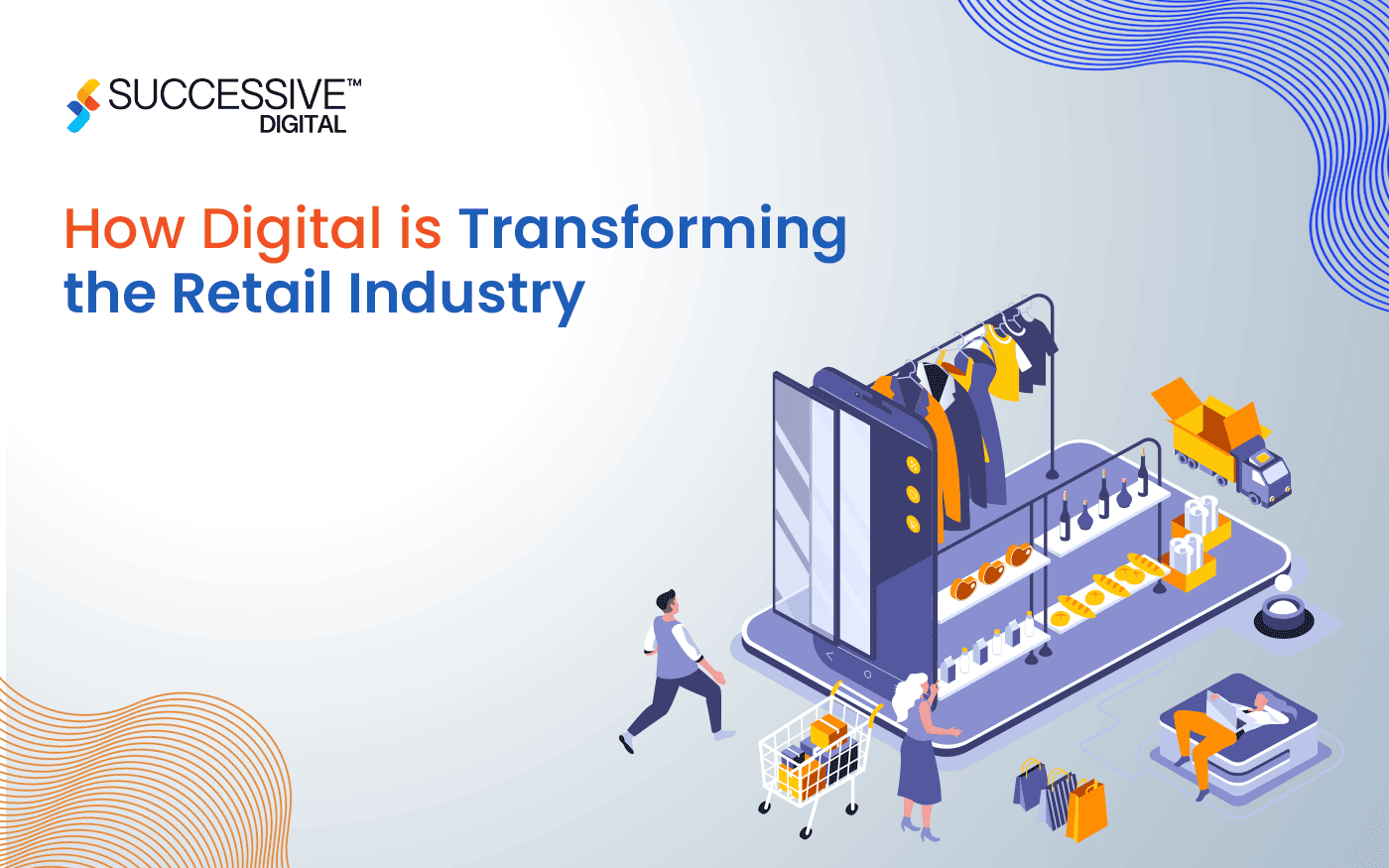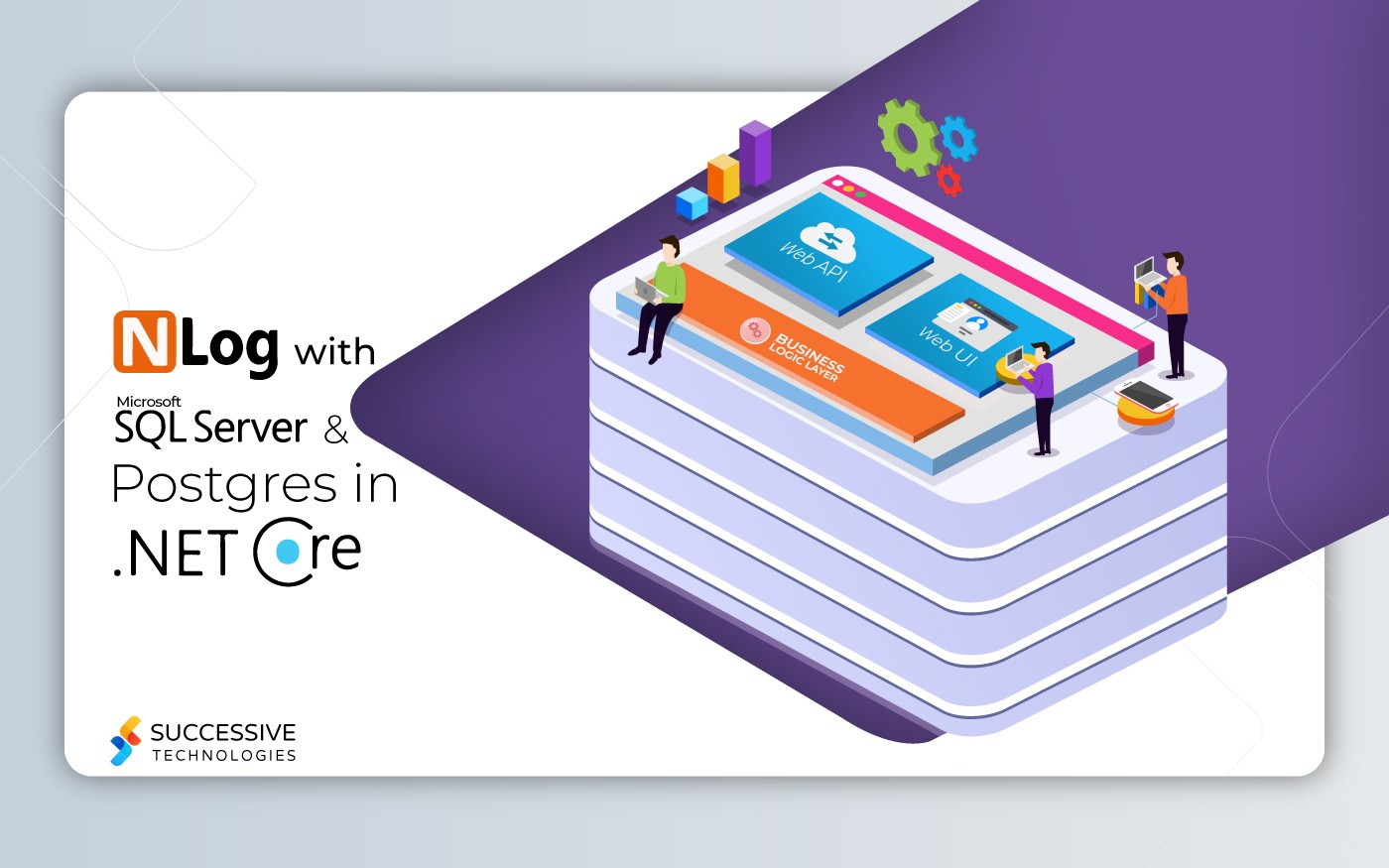Launching a product into the market and keeping it afloat involves significant risks and many responsibilities. Before making any significant investment, business owners need to understand the market demand for the application and how their potential customers would react to it. This generates the request for something to launch into the market, not in the form of an actual product, but a minimum viable product with a basic set of features that are enough to capture the attention of early adopters. This product shall give enough scope for businesses to in making upgrades as per customer needs and market input.
A new-age entrepreneur looking to test the demand of an idea before the actual launch must have many questions regarding MVP development services and how to develop a basic product and take it to the next level.
And above everything else, does MVP work?
Long story short, yes. It does
Major tech giants that we rely on today for fulfilling our daily needs, such as Uber, Facebook, and Apple, started with an MVP to test the waters and are now well-reputed names in the public domain. The idea is simple: Companies pursuing a digital transformation should adopt the MVP approach, which prevents expensive and protracted product development based purely on assumption. Early adopters, in particular, should be seen as visionaries and utilize their ideas by testing them repeatedly. Whatsapp is still continuously updating its features to ease its use for customers. This reflects that if digital companies want to redevelop or improve their product or processes, they tend to rely more on thinking about the product’s design.
What are the Benefits of Building an MVP?
When an idea comes into the market, it is followed by certain assumptions around target users, market strategy, monetization strategy, UX/UI design, and web architecture. However, no matter how specific any product is of the assumptions, the business can’t succeed unless those assumptions are validated. This is the major or probably the most significant benefit of having an MVP in place — iteration and a “build-measure-learn” process.
Through iteration only, one can validate – or invalidate – the assumptions with little risk. Let’s understand this with an example of MVP among us- Instagram.
How did Instagram Get Where It is Today?
On October 6, 2010, Instagram launched as a location-sharing application; users could take photos from the app, edit them, and geotag locations. More than 25,000 people signed up for the platform overnight.
Cut to 2023, Instagram’s changed its USP entirely, and today the platform is most loved, with 2 billion monthly active users and 500 million people using stories daily. Over twelve years, Instagram has enabled video content support, introduced direct messaging, added stories, reels, and much more. The makers were focused on iteratively improving their product, and now the MVP app is turned into a full-fledged social media platform. Based on how users shared content, Instagram introduced the video-sharing feature IGTV. The platform has now turned into Instagram Reels, with the ability to tag others, build networks, share moments, information, and more.
This example of Instagram and its iteration with the “build-measure-learn” process tells us much about the benefits of a good MVP to early-age products.
-
Testing the UX/UI functionality
As per the research, 50% of apps are uninstalled within a month of being downloaded. This reflects the challenges in retaining customers by adding value to customers’ lives. An MVP can do this for users by testing the app or web engagement rate and can tell them what changes need to be made to engage more. MVP helps gather data and insights on how users interact with the product.
-
Developing an early relationship with potential customers
Launching the MVP version of the product helps gain potential customers’ attention and establish early relationships with potential customers. By validating the model, an MVP allows testing whether the business model is in sync with the customer’s needs.
-
Verifying market demand
As said before, MVP is all about testing and seeing what works and what doesn’t. Through MVP, entrepreneurs try to understand the market demand and the trends before selling the product. Maybe there are already similar solutions in the market; in this case, updating the unique selling points no competitor offers is essential. MVP allows for determining the potential market and its needs.
-
Developing a monetization strategy
Every business keeps profitability as its primary objective. Defining a sustainable monetization stream is essential when building a mobile or web application. MVP allows working around the monetization strategies by giving real market insights.
-
Winning investors’ interest
MVP is a great way to get investors’ buy-in, especially for those who want to secure funding for the business to catalyze growth. MVP gives insights into market demand and future prepositions for the product; this develops confidence in the products and helps attract investors. Therefore, MVP provides a solid case demonstrating the market ecosystem.
How to Create an MVP?
Building the MVP for any idea is usually followed by thorough research and iterations. Understanding these three aspects is necessary before we dig deep into creating a minimum viable product.
- Target market’s pain points (the what)
- Why do potential customers need to use the product (the why), and
- How will the solution create value and cater to their needs (the how)?
A key component of building a business is its specific ways of resolving problems. And that can only happen by knowing what values will the target customers resonate with. An MVP majorly revolves around how the product will appeal to the customers; It’s all about,
- Observing
- Understanding
- Developing ideas
- Translating quickly into prototypes
- Testing on the market
- Feeding customer reactions back into product improvements.
Besides knowing the importance of building the MVP before launching the final product, it’s even more important to understand what goes behind building the MVP.
The process of MVP development needs a holistic approach to studying the market.
Here we have unfolded our MVP process, including the prerequisites and how users should start.
Step 1- Analyze the market
As revealed by CBinsights, Almost 42% of startups fail to create an impact.
The reason behind this is either because they need to generate demand for their product or their product has no market need. This is why it’s essential to analyze the trend in the market by launching the minimum viable product first. This allows users to perform in-depth market research and know if there’s any competition in the market.
Therefore, as a first step towards creating the MVP, we do thorough market research around these questions.
- What problem would the product solve?
- Whom will the product attract? (the target audience)
- Is there any need for the product in the market?
- What is the competitor doing?
- What is the unique selling proposition of the idea?
Step 2- Create an outline of the user flow
Once we discover how the market will perceive the product, we create an outline of user flow, or user journey, in simpler terms. User journey generally works like a mind map of the user’s actions once he/she lands on the application.
For instance-
Once the user opens the ride-sharing app, it will enter the destination and choose the type of ride the user wishes to take. The user will further use the coupon code, if any. Will choose the payment mode and make the payment after finishing the ride.
Step 3- Prioritize the essential features
Once we have the user journey in place, the next step is prioritizing the essential features for each end-user action. As mentioned, a minimum viable product only includes essential features. The MVP of any application will only have the features necessary for performing the core actions.
Step 4- Build the MVP
This is the most critical step towards creating the minimum viable product. Once the business owner knows the market ecosystem and has handpicked the customers’ first set of features, it’s time to develop the MVP.
During the development stage, the static design of the web app is transformed into a fully functional product.
Although the MVP is a bare-bones version of the application, it’s important to note one thing. The MVP shouldn’t be any less than the primary idea of the final product or application. Even with the limited features, the MVP should be able to fulfill the early adopters’ need to keep them returning to the product.
Step 5- Test the MVP with real customers
The final step in MVP development is testing and modifying the product with real customers in the real market.
Here we’ll know if the customers find the product desirable; if not, what changes can make them desire it. If yes, what updates will make them desire more?
Tracking the customer response on MVP will form fact-based hypotheses to help make data-driven decisions.
For instance- Decisions around reducing process costs or increasing customer acceptance, conversion rates, or process speed.
When the beta version is launched, many facts and data are collected based on the user’s response.
What is the cost of building an MVP?
The cost of building an MVP (Minimum Viable Product) varies on several factors, such as the complexity of the product, the industry, the technology stack, the development team’s hourly rate, and the team’s location. It’s important to remember that building an MVP is just the first step in the product development process, and additional costs will be involved in scaling and improving the product based on user feedback. Therefore, it’s essential to clearly understand the budget and the features users must include in their MVP before starting the development process. To understand it further, here’s a quick guide for Mobile App Development Cost Based on App Types.
From your MVP idea to action
A minimal variable product is a go-to solution to achieve profitability, stability, and scalability in any business. Especially for businesses that need funds to build on a larger scale, MVP can be the best option to gain investors’ interest with the initial stage of MVP development.
If you have a product idea, Successive Digital can be the right MVP development company for transforming your idea into a full-fledged product. We have helped many companies in developing successful and scalable products.
As a mature and competent development company, we offer a broad spectrum of MVP services to transform an idea into a scalable product that aligns with your vision and values.












